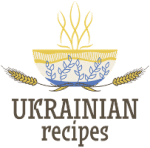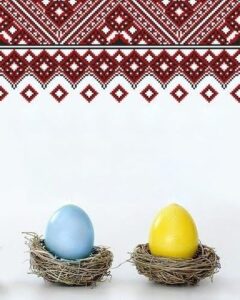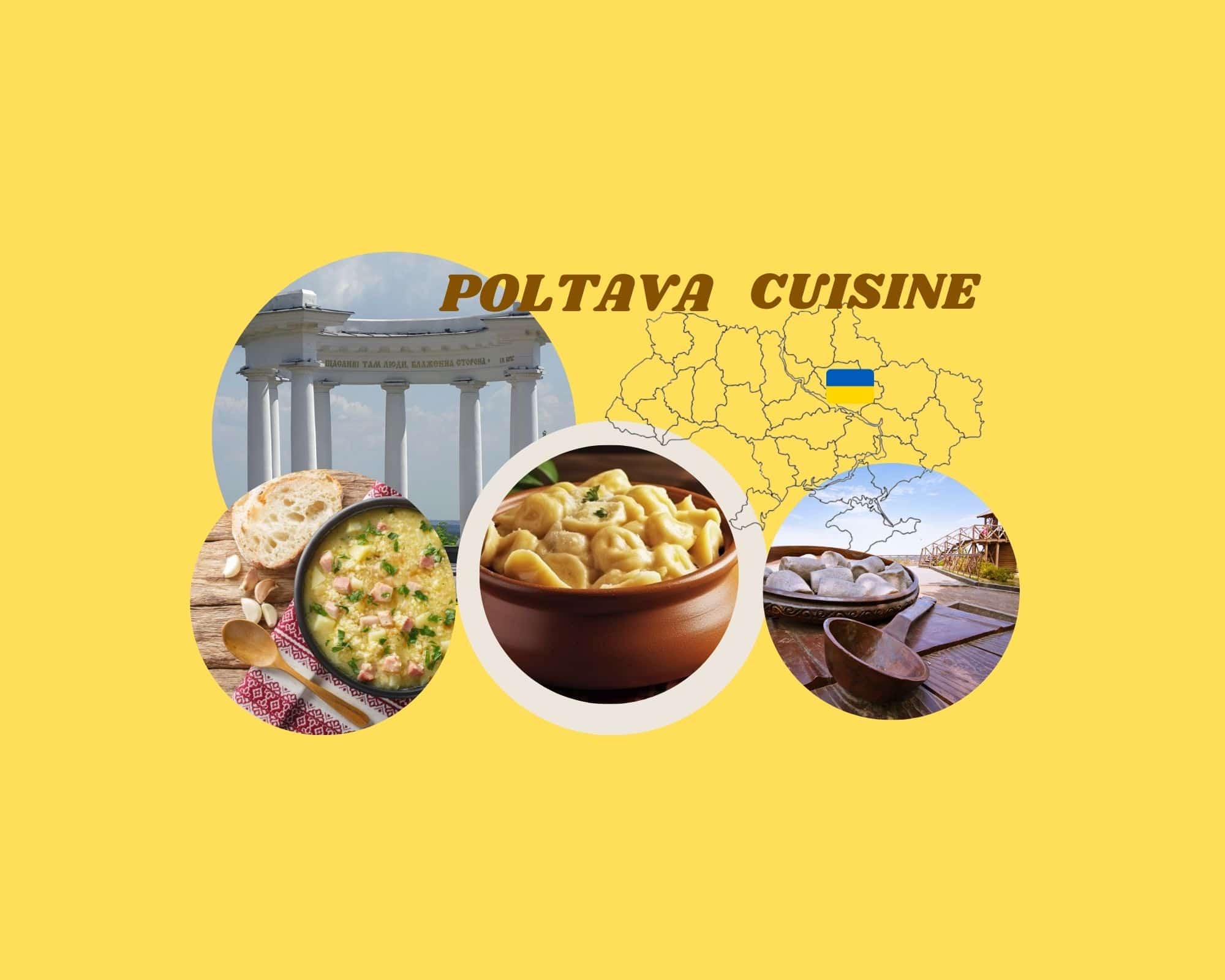Ukrainians revere the day of the Holy Easter and spare no effort in preparing for the celebration. The Ukrainian Easter traditions were formed generations but are still relevant and valuable for Orthodox citizens of Ukraine.
Easter traditions are connected to preparing the festive table and observing Great Lent, and they also include different folk customs and signs. There are many of them, so we bring to your attention the most famous folk beliefs.
Beliefs associated with Orthodox Easter
– On Sunday morning, you need to look at the sun. According to ancient beliefs, the sun “laughs and plays” on this day. Looking at it in such a particular state of mind, you perform a ritual and pray to the saints.
– There is an opinion that on the day of Easter, everything mystical and usually unseen becomes apparent. Therefore, small children with the purest soul can see with their own eyes a variety of treasures.
– Making wishes is also a part of the Easter celebration. Every Ukrainian dreamed of what they wanted. So, those who wanted to get rich washed themselves from silver dishes, and older people, in their dreams of grandchildren, combed their hair so their children could give life to as many children as possible.
– All parishioners are looking forward to the ringing of church bells, which symbolizes the service end. At this moment, you need to cross and say, “Christ is Risen, and let the slave *Name* have health!”. Ukrainians believe that such a rite can heal even a seriously ill person.
– During the celebration of Easter, you should have fun and be in high spirits. If one feels sad on Bright Week (Renewal Week) days, then sadness and misfortune will accompany a person all year.
But there are some prohibitions to be followed on the Easter holiday:
– a married couple can not exchange Easter greetings in public – this can lead to their separation;
– you can’t work around the house on Easter – happiness will leave you if you are involved in household chores;
– during the whole Bright Week, it is forbidden to shed the blood of animals – they also rejoice at the coming Easter and the Resurrection of the Lord;
– do not throw eggshells out of the window – you can accidentally get into Jesus Christ and the apostles, who walk in the robes of the poor during the whole week;
– you can not throw away food and products consecrated in the church – they need to be eaten or shared with loved ones.
Edible Easter symbols
Initially, the church did not support the idea of consecrating food, but they changed the decision some time later. So, according to the tradition, the Easter basket is filled with products suitable for ending the fast – Easter bread, colored eggs, salo, pork, horseradish, and other products.
The Easter basket was covered with rushnyk (Ukrainian Easter towel). Modern Ukrainians’ ancestors embroidered new rushnyk each year and then used it until the following Easter. According to folk beliefs, the Ukrainian rushnyk is the most potent amulet, especially the Easter towel.
After the church service, people returned home with baskets and sat down at the festive table. They began the morning meal with consecrated products. Each family member ate an egg and a piece of paska, and only then ate other dishes. Since Great Lent ends, the traditional festive table has an abundance of meat, dairy, and fish dishes, which were not allowed to be consumed for the previous 7 weeks.
The most iconic edible symbols of Orthodox Easter
– dyed eggs. The egg is a symbol of life and miraculous resurrection. Krashanky and pysanky (Ukrainian Easter eggs) are endowed with healing properties, since on the icons, the resurrected Jesus was surrounded by a magical glow resembling an egg in shape;
– yeast paska (Easter bread). This traditional pastry has a cylindrical shape and means that God is present in the life of every Ukrainian. Paska is made from sweet pastry, which symbolizes divine mercy, care, and empathy for people;
– cottage cheese paska. It has the shape of a mountain and symbolizes the Kingdom of Heaven. Such a delicacy is cooked using cottage cheese, milk, and honey, symbolizing heavenly life.
Poppy seed is another exciting food symbol that Ukrainians consecrated in the church. Later, poppy seeds were used for sprinkling the yard and home to protect against evil spirits.
Indeed, the scale of the celebration of Easter in Ukraine is impressive. This day represents the quintessence of the beliefs and customs that have successfully entered modern Ukrainians’ lives. And there is no doubt: these traditions will be kept and cherished in the future.








